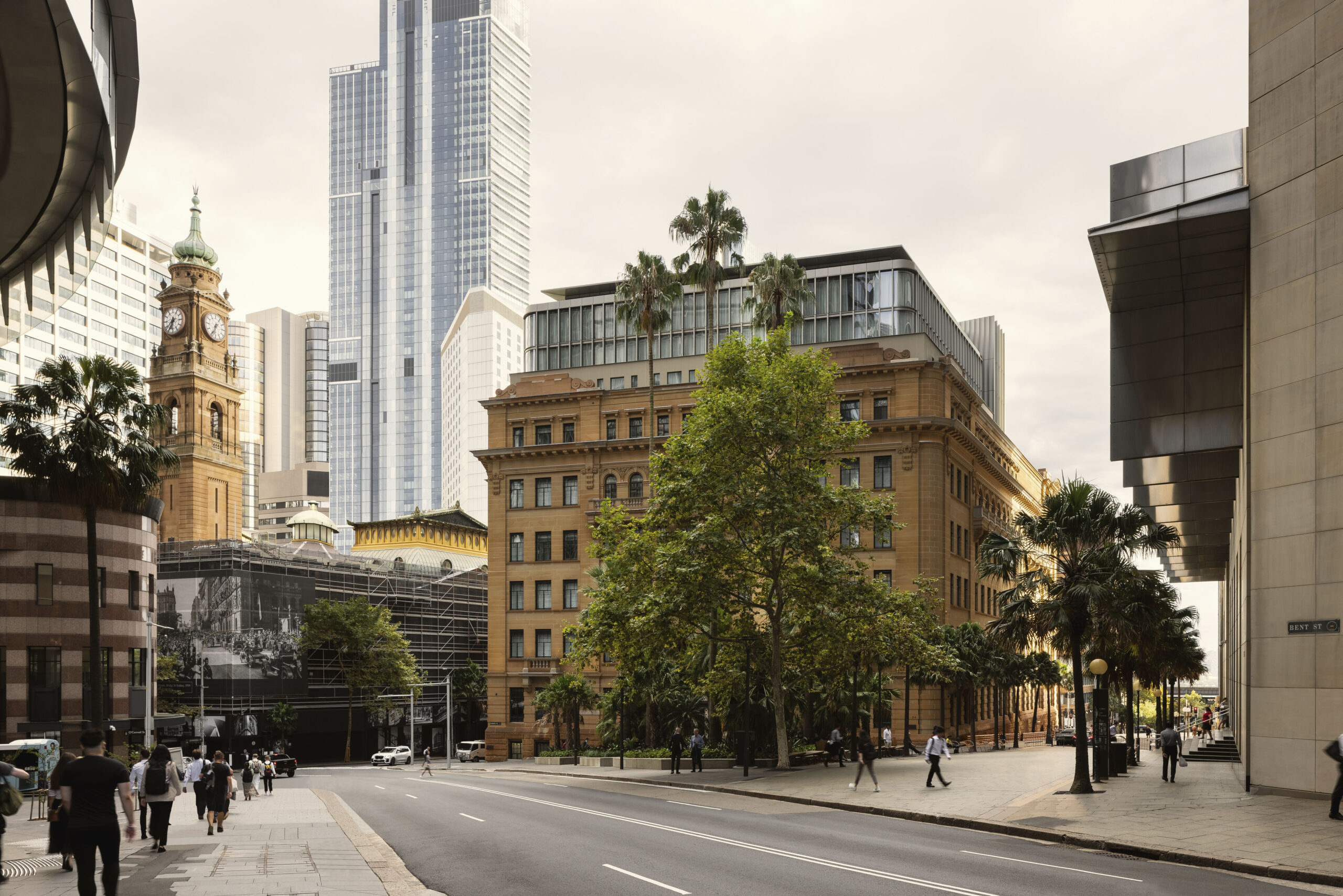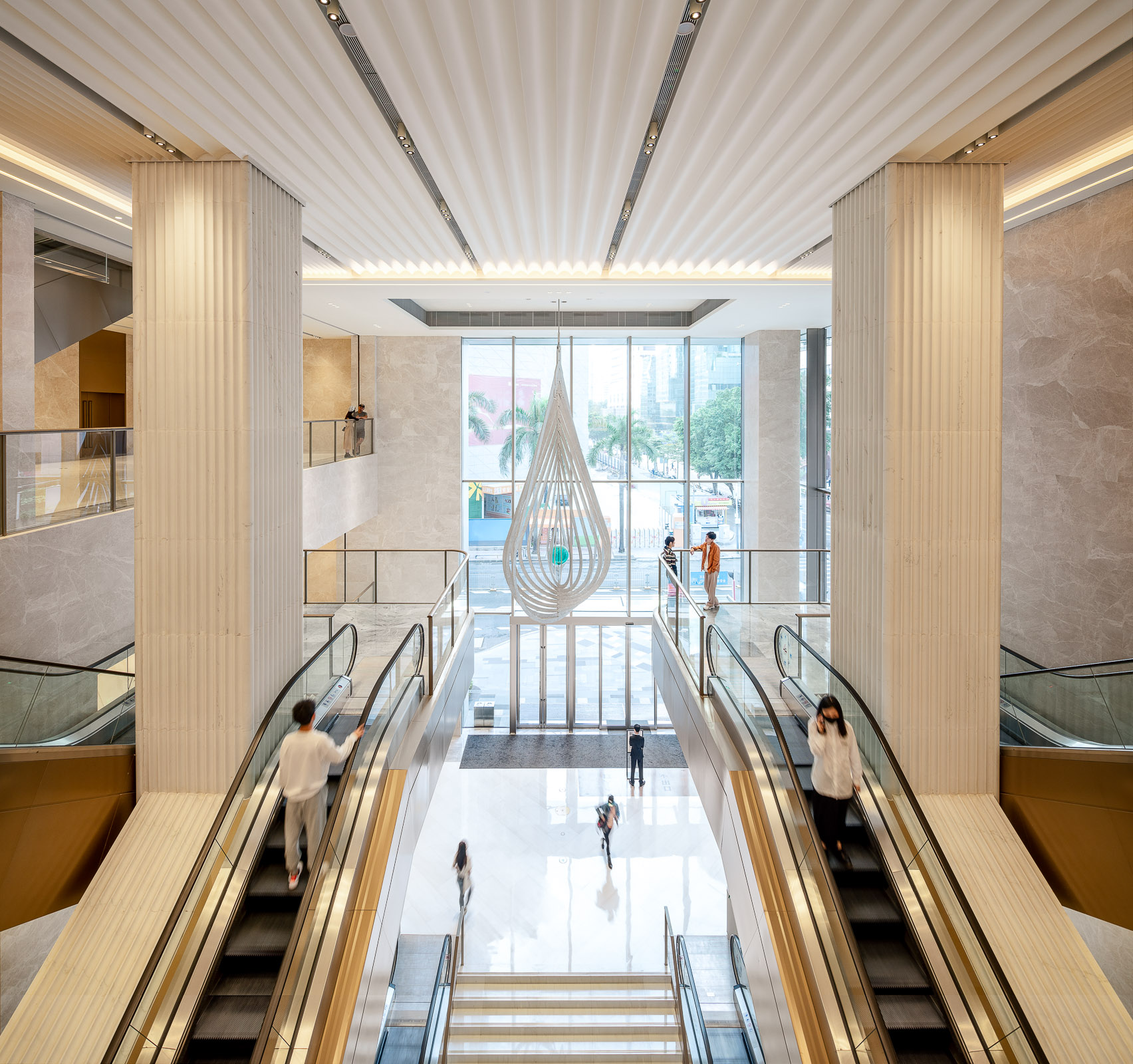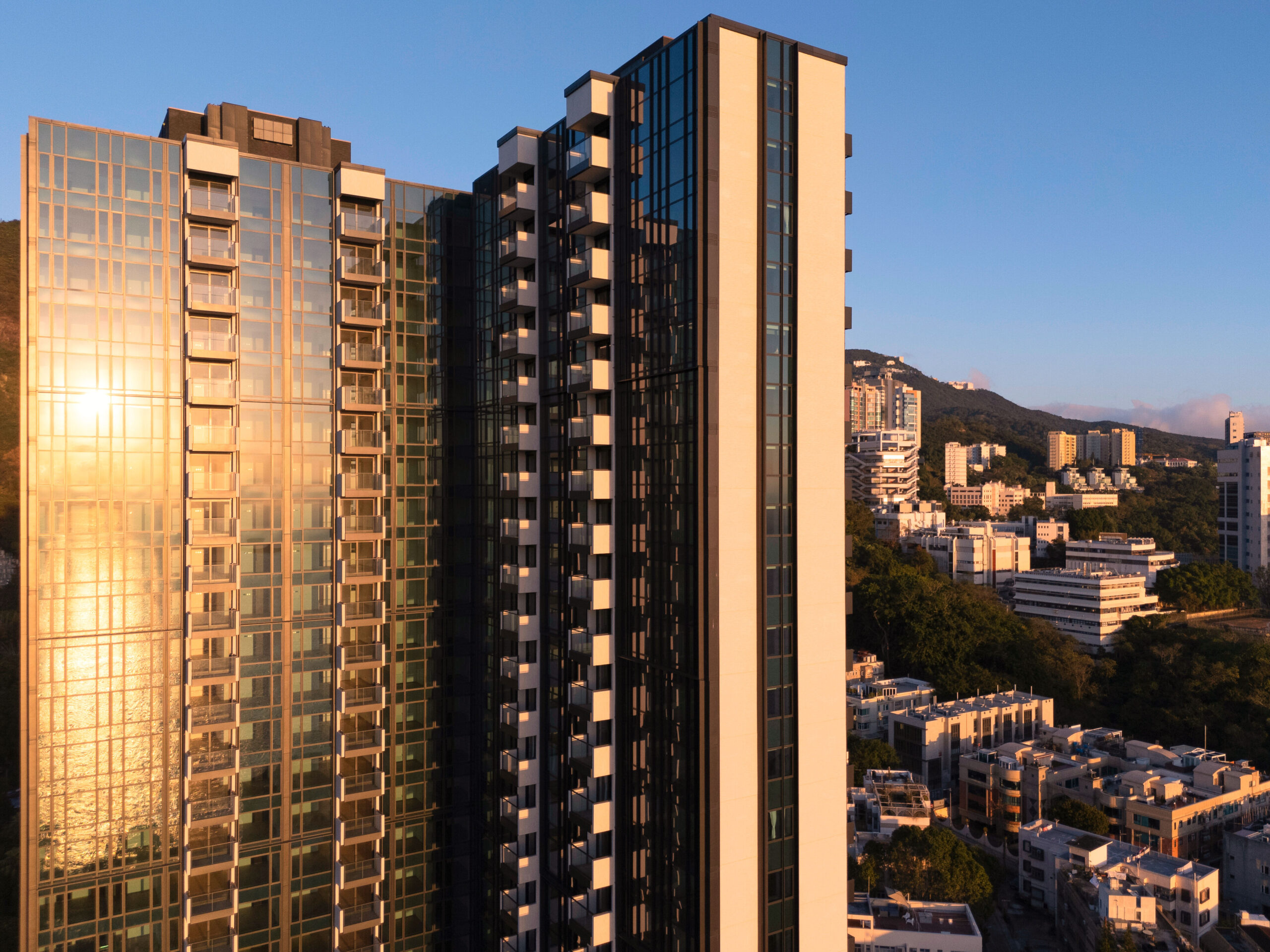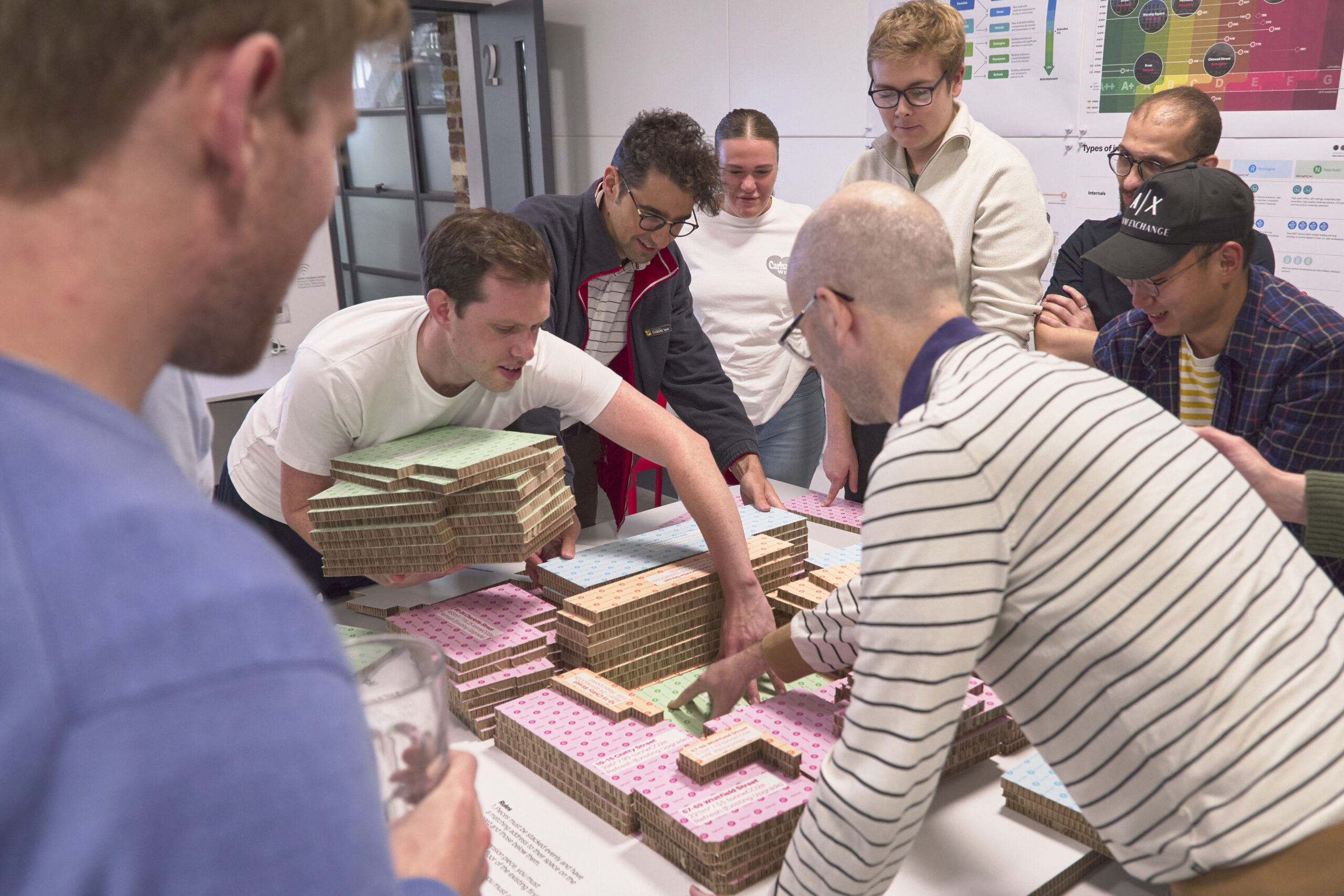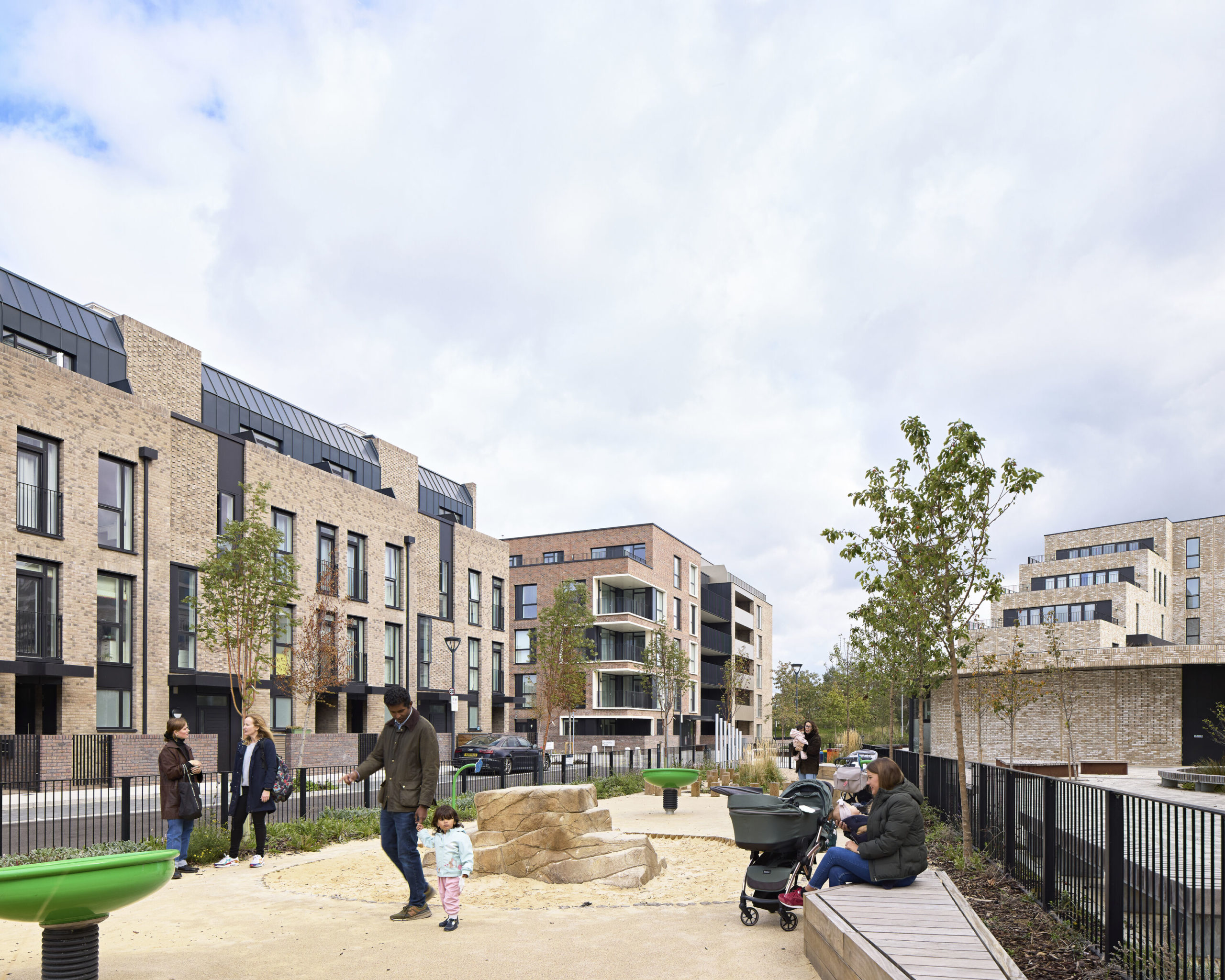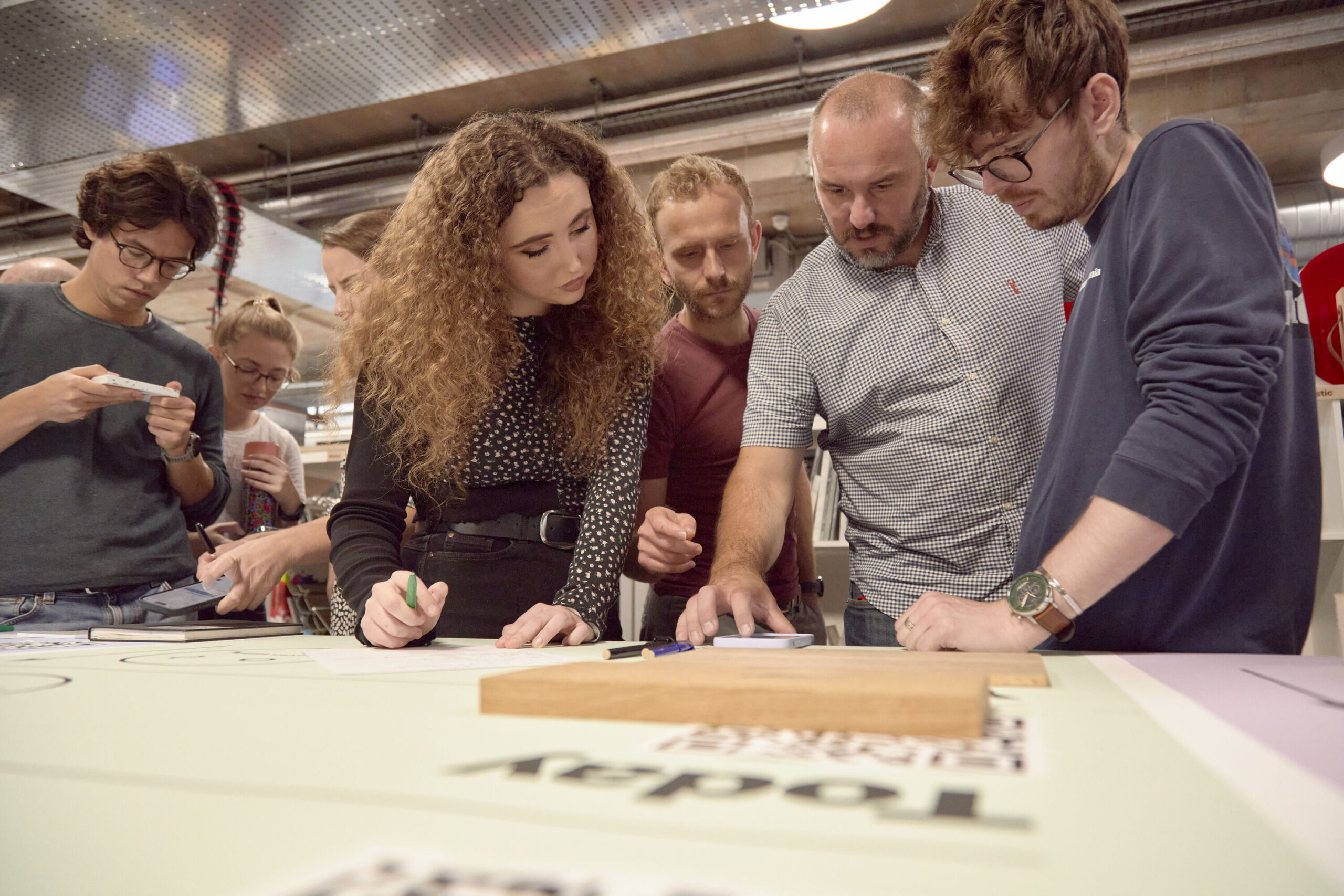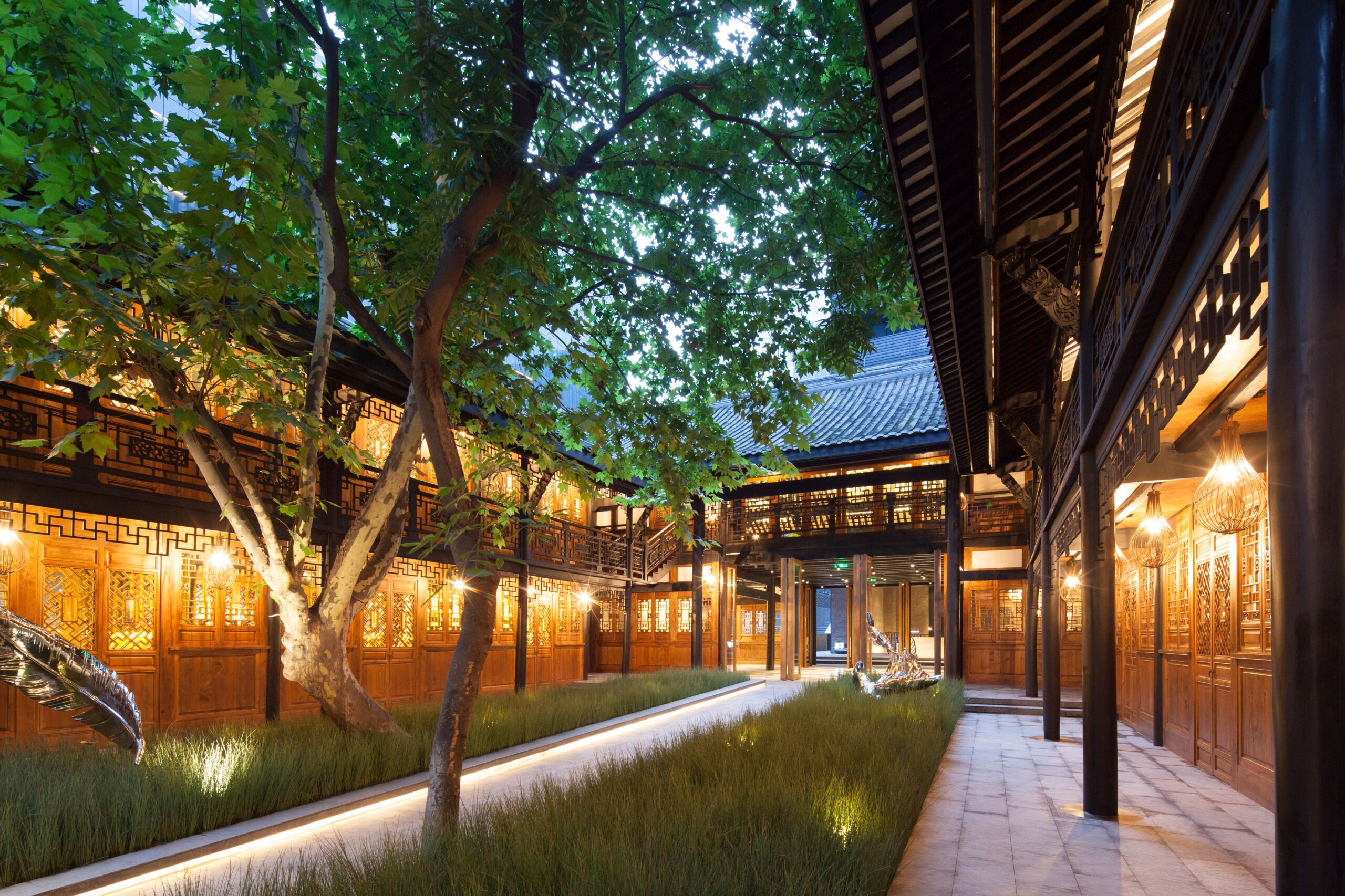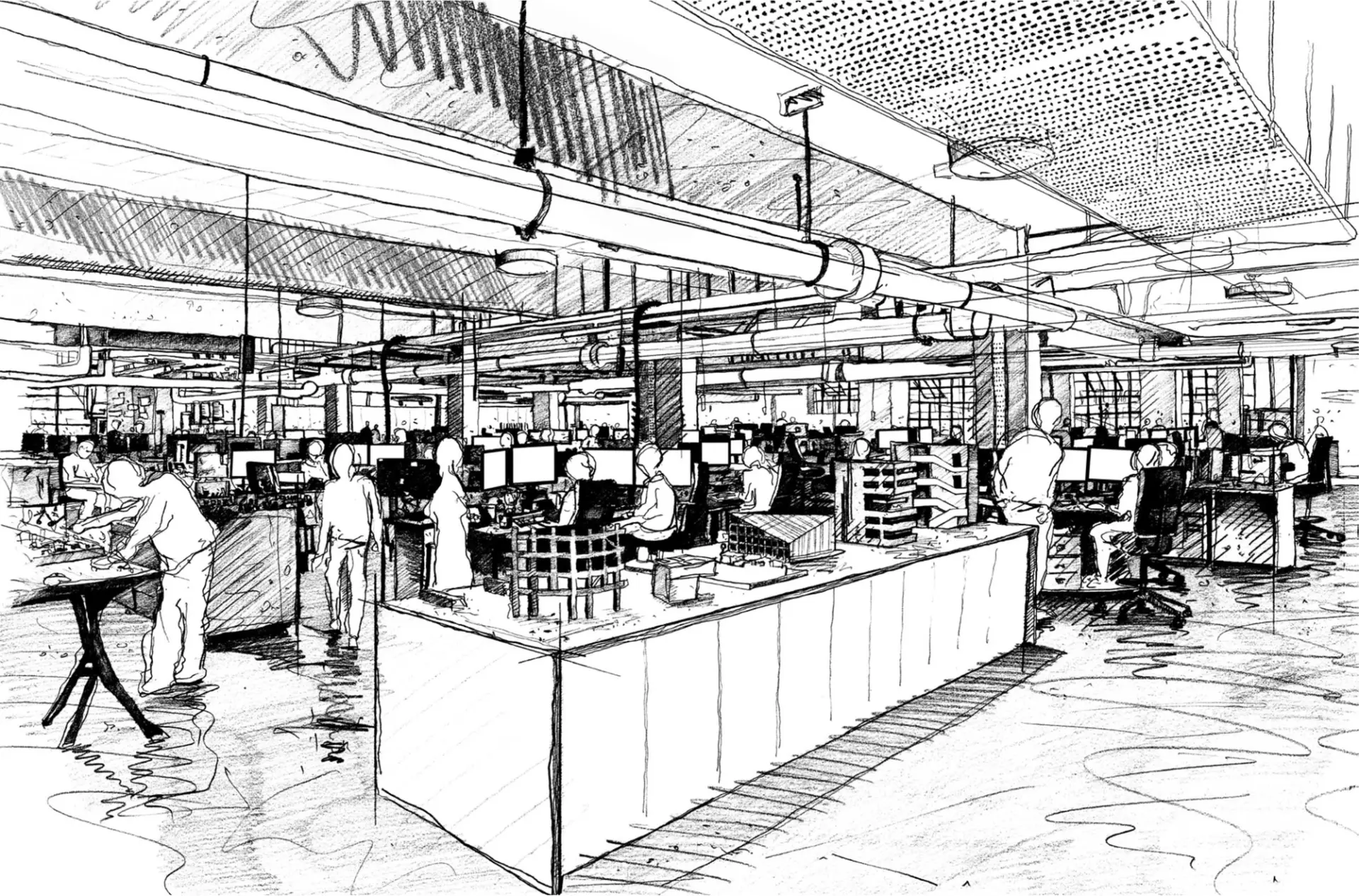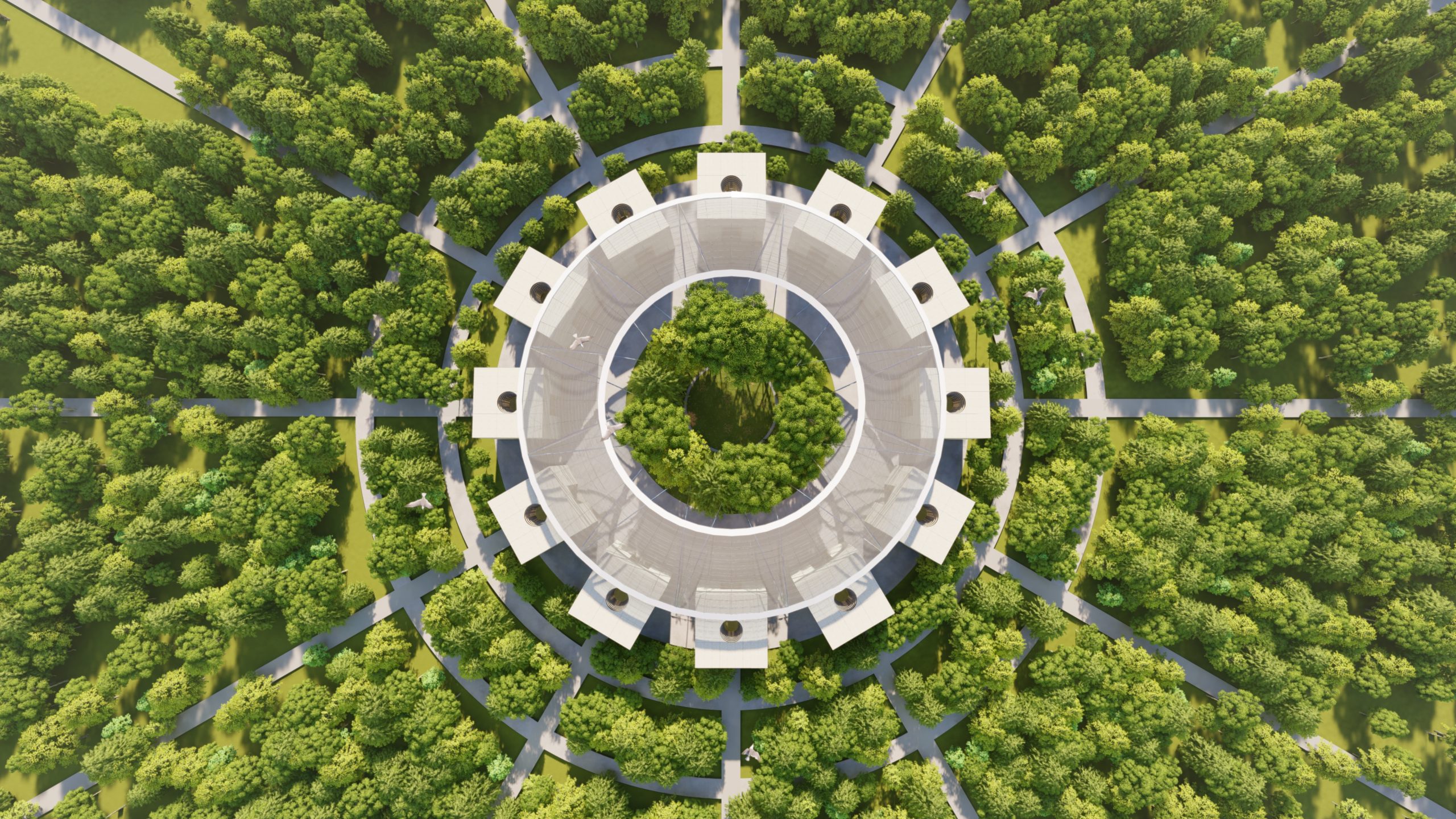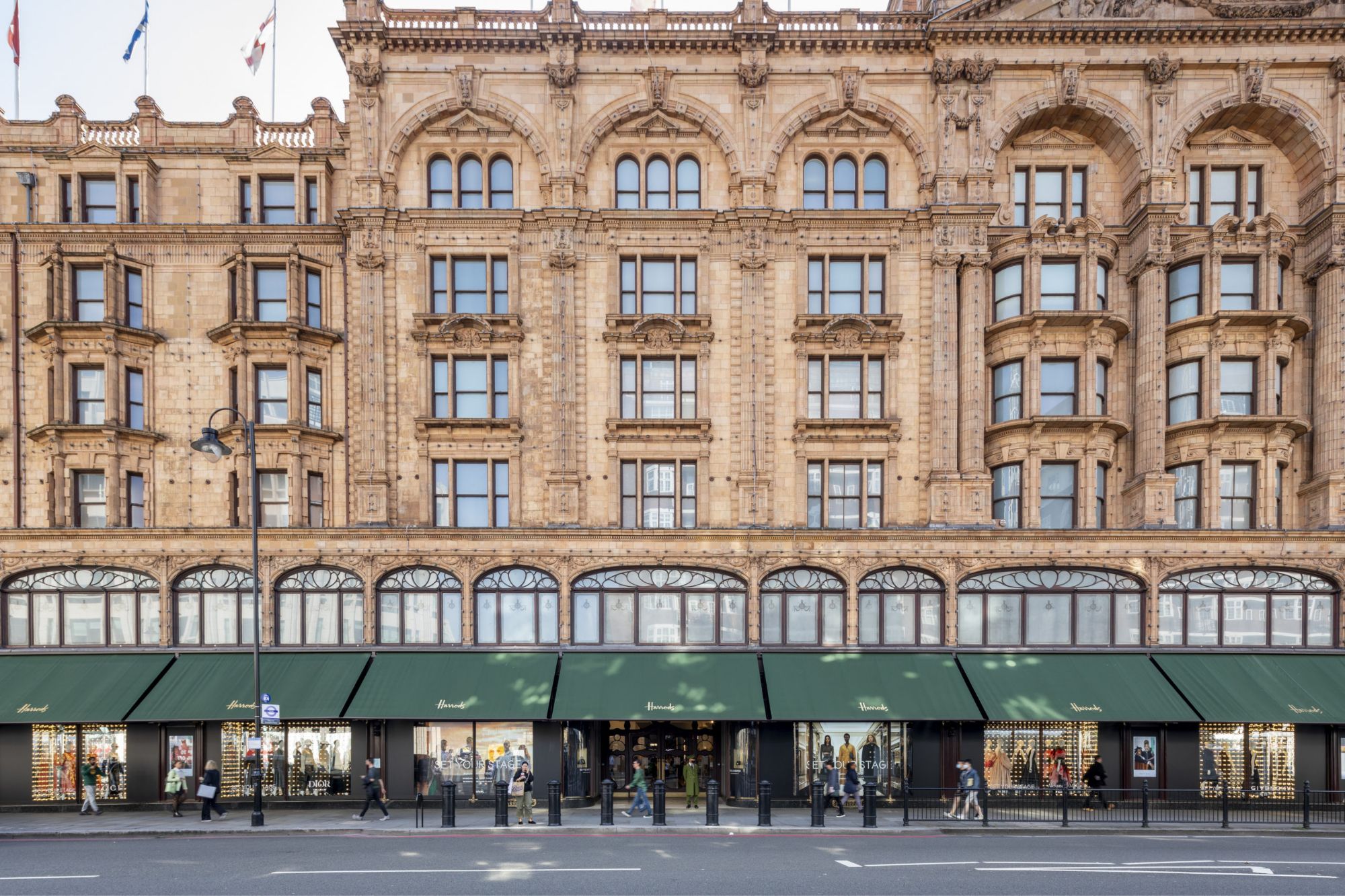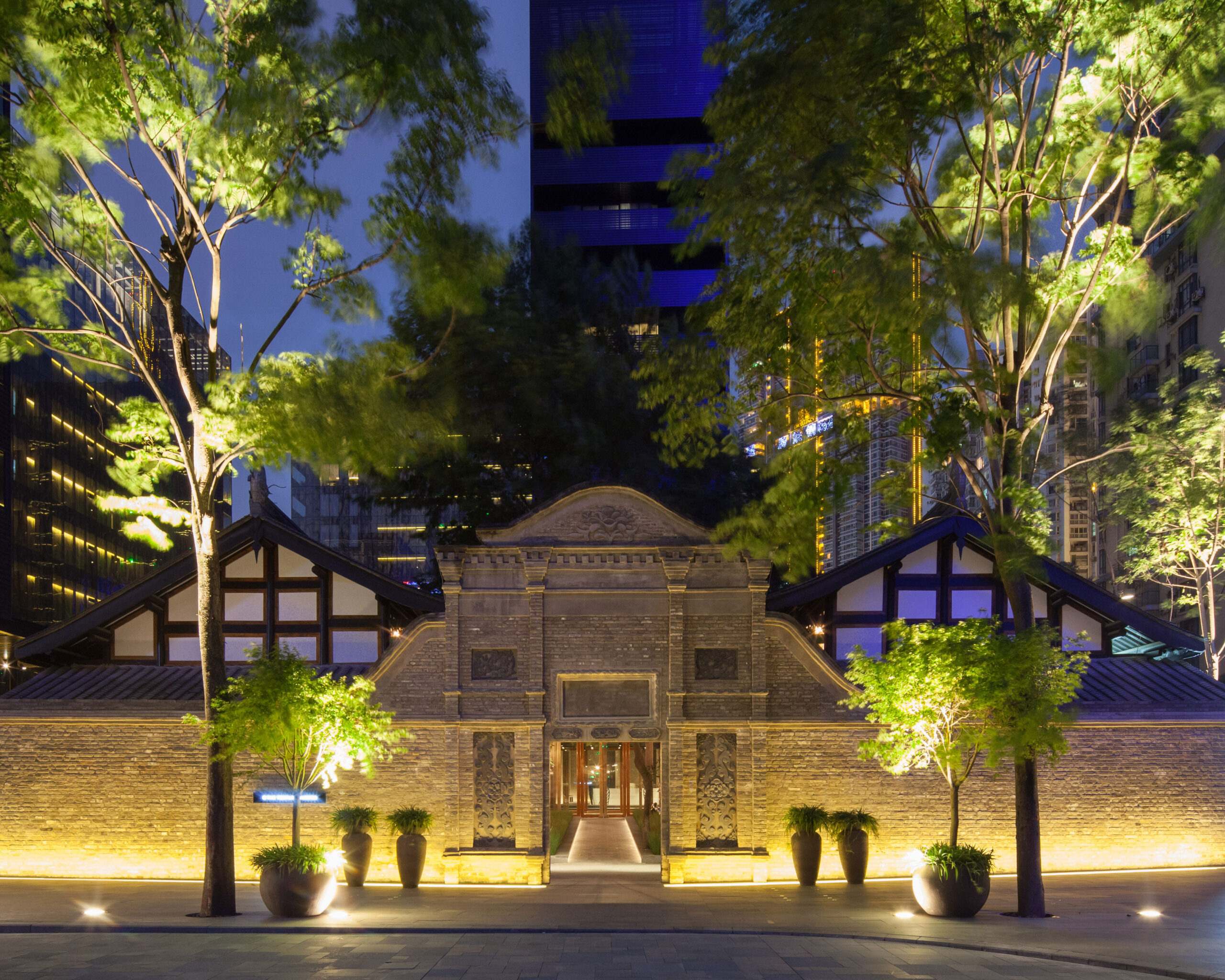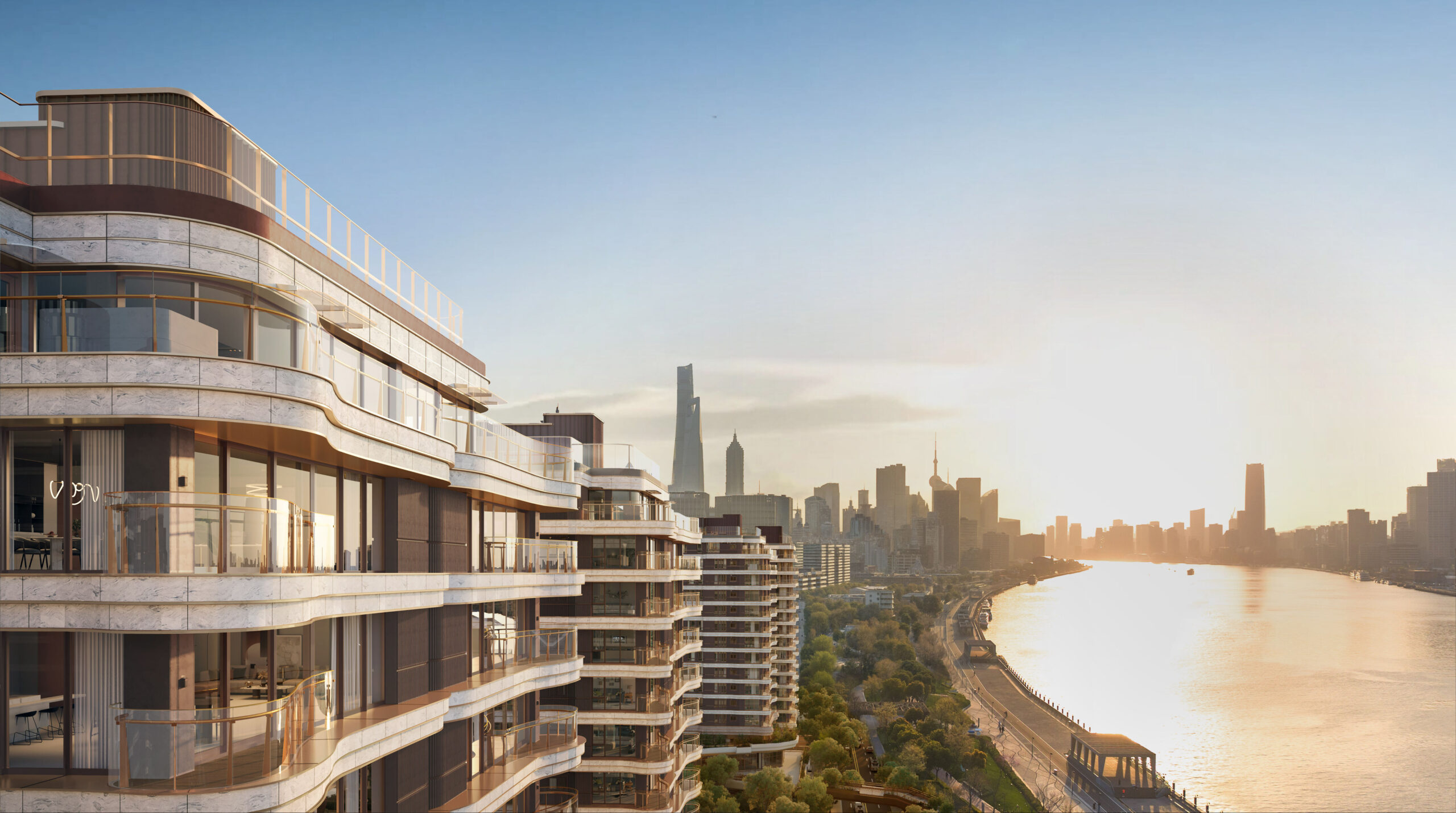

Exploring buildings with VR
VR is already beginning to influence real estate sales, especially in the United States. Property developers there are using it to sell off-plan homes, with customers responding positively to the opportunity to stand inside an apartment before it’s been built. This illustrates the huge advantage VR has over a CGI on a flatscreen: a realistic sense of scale.
Architects who’ve spent their lives looking at 2D plans and 3D computer models have become experts at interpreting them and imagining the space they’re trying to show. But it’s always tricky to convey this to clients. The most successful method to date has been the physical model, which is much easier to understand than flat approximations of space. But even with the speed and ease afforded by 3D printing, models still have their limitations, namely, that they’re built at a greatly reduced scale, meaning a good amount of imagination is still needed to understand the building. Architects rarely have the freedom to build a 1:1 model of even a single room of a building, and if we do manage to mock up a space, it’s usually late in the design process or even during construction. VR could potentially solve this problem, allowing architects to present fully 3D, 1:1 scale ‘models’ of buildings for clients to explore.
The best VR for architects
The four main products currently on the market for architects that Make is exploring are:
- Oculus Rift – kick-starting the current VR renaissance, this headset lets users look around a 3D space. Movement is limited and primarily a seated experience, with the avatar controlled with a standard gaming console controller.
- HTC Vive – what we use at Make, the Vive introduces ‘room scale’, with two small tracking lasers that locate the user’s head and the visuals respond as the user walks, jumps or even lies down, creating the sensation of being in a different place – a phenomenon known as ‘presence’. It also uses two wand controllers, similar to the Nintendo Wii’s remote, that let users see their hands and interact with objects within the virtual world. People can use these tracked controllers to paint with a virtual brush, or pan and rotate a model or image, simply by moving their hands.
- Google Cardboard – a simpler solution in which users put their smartphone inside a special cardboard box with two lenses and look inside. Here, the smartphone forms the screen and brains of the machine and can produce a visually similar 3D environment to other methods. Apart from that it’s quite limited, but it does have one major advantage: it’s extremely cheap and portable, making it easy to take to meetings or send to clients, who can download an app or model and view it in 360-degree, 3D video.
- PlayStation VR – promises some of the more impressive VR features at an affordable price point, which many predict will be what brings this product to living rooms across the globe. Clients, once they’ve tried on their children’s VR goggles and look around the fantastical worlds developers are creating, might rightly ask, “Why can’t I walk around in my BIM model?”

VR at Make
At Make, we’ve used our HTC Vive on several projects so far, allowing clients to view and even ‘stand inside’ their building at full scale as we design it. The response has been overwhelmingly positive: we can more easily explain our design decisions, and they can more easily understand the building. Take ceiling height, for example: you can try to explain how certain dimensions will feel, but it’s far more effective to put a client inside the room and let them see for themselves. It’s also far less time consuming and expensive than mocking up a false ceiling somewhere. BIM modelling has such a high level of detail that a good VR tour of the model can offer a full-scale mock-up of the whole building before a single spade has broken ground.
We’ve also started printing our own version of Google Cardboard viewers to send out to clients. These can be posted flat and sent alongside project documents, drawings and renders to offer an additional description of the building, either as an immersive environment or a 3D video and flyby. The ability to convey a true sense of scale, even in this simple form, is a powerful addition to our current forms of media.
VR and the future of architecture
VR is certain to have a tremendous impact on how we communicate our designs to clients and make design decisions. Simulating the way light enters a room, the way sound insulation reacts to ambient noise, even evoking a sense of place – this and more is on the horizon once VR is combined with existing and emerging technologies.
Integrating this level of immersion into the design process will undoubtedly lead to better-realised visions and more successful designs in the future, not just at Make but across the industry at large.





